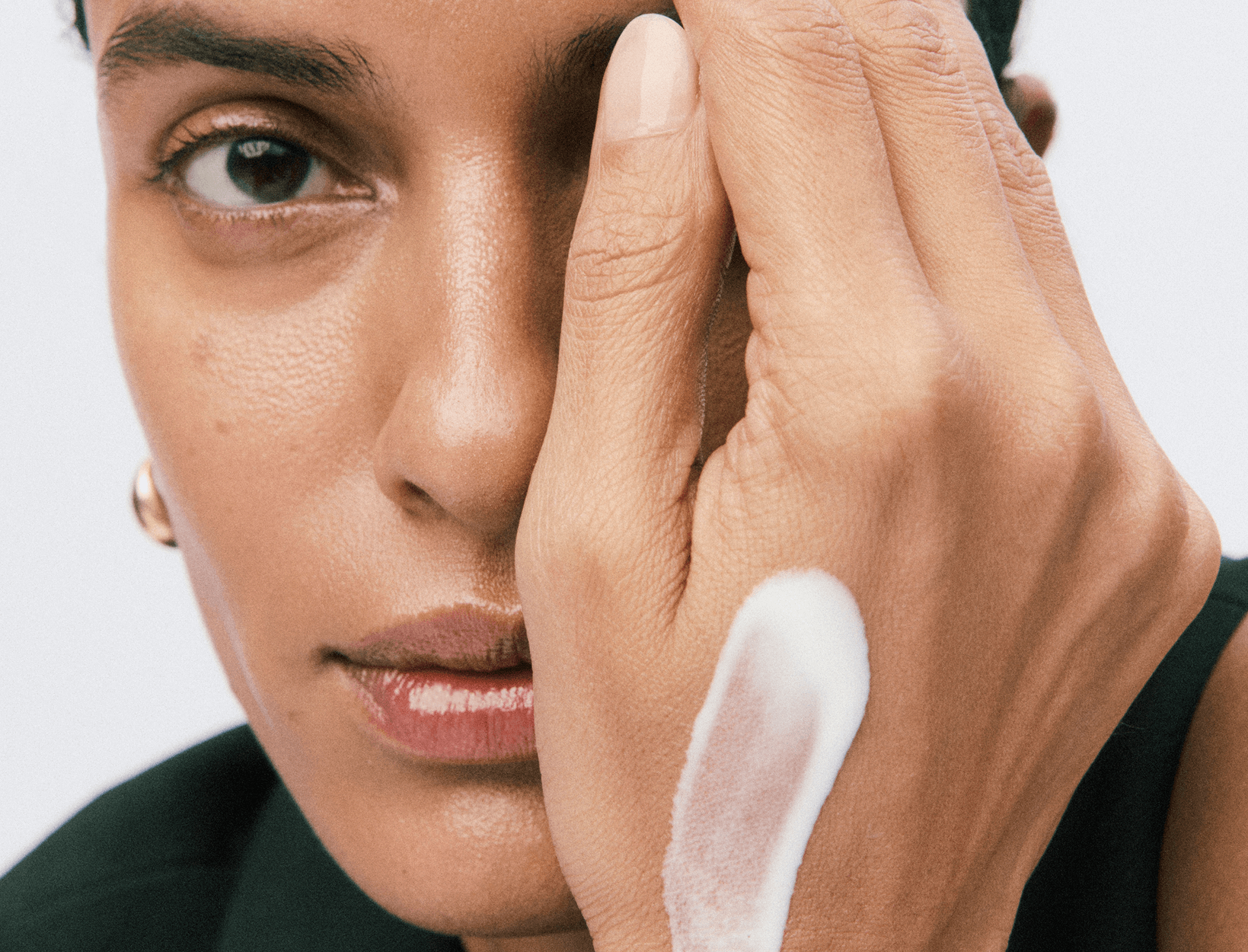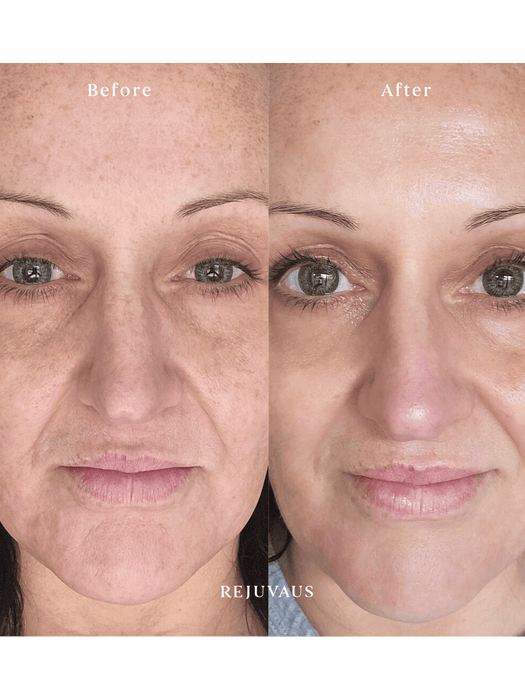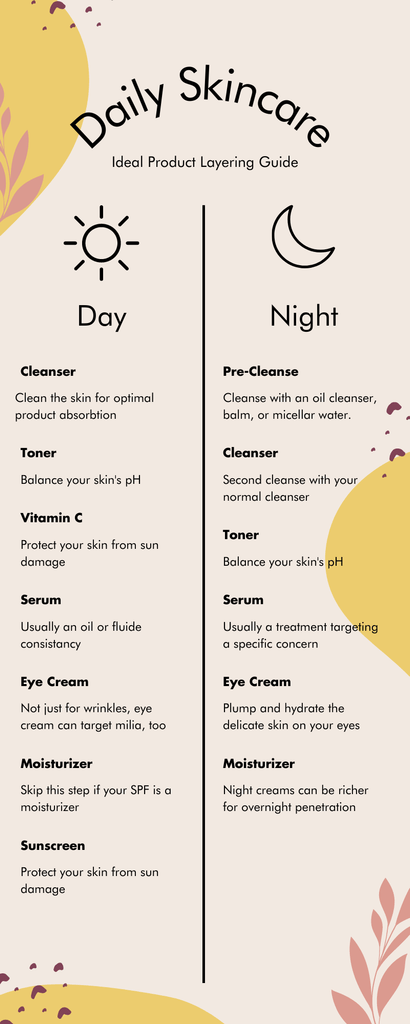Are you ready to take your skincare routine to the next level? If you’re looking to achieve glowing, youthful skin, adding retinol to your regimen might just be the game-changer you need.
This powerful ingredient has been a skincare secret among dermatologists and beauty enthusiasts for years. It promises to smooth out fine lines, even out skin tone, and give you that enviable, radiant complexion. But how do you incorporate it effectively without overwhelming your skin?
Keep reading to discover how retinol can transform your skincare routine and learn tips to maximize its benefits. Your skin deserves the best, and this is your chance to unlock its full potential.
Benefits Of Retinol
Retinol is a powerful ingredient in many skincare products. It offers several benefits for skin health and appearance. Adding retinol to your routine can improve skin quality over time. Its effects are visible and long-lasting. Here are some key benefits that make retinol a popular choice.
Boosting Collagen Production
Retinol helps increase collagen levels in the skin. Collagen keeps skin firm and elastic. As we age, collagen naturally decreases. Using retinol encourages new collagen growth. This process helps skin stay youthful and plump.
Reducing Fine Lines And Wrinkles
Fine lines and wrinkles appear with age and sun damage. Retinol smooths these signs by promoting cell turnover. It reveals fresher, younger-looking skin. Regular use softens wrinkles and reduces their depth. This leads to a smoother skin surface.
Fighting Acne And Breakouts
Retinol unclogs pores and prevents buildup of dead skin cells. This reduces acne breakouts and blackheads. It also controls excess oil production. Retinol calms inflammation and helps heal blemishes faster. Many people see fewer pimples after using it.
Improving Skin Texture And Tone
Uneven texture and dullness improve with retinol use. It speeds up skin renewal and evens skin tone. Rough patches become softer and smoother. Dark spots and discoloration fade gradually. The result is a brighter, more radiant complexion.
Choosing The Right Retinol
Choosing the right retinol can transform your skincare routine, but it requires a careful approach. Not all retinol products work the same way, and your skin’s unique needs should guide your choice. Let’s break down how to find the best retinol for you.
Different Types Of Retinol Products
Retinol comes in various forms such as creams, serums, oils, and gels. Creams often provide extra moisture, making them great for dry or sensitive skin. Serums usually contain higher concentrations and absorb quickly, ideal if you want targeted treatment.
Oils can be nourishing but might feel heavy on oily skin, while gels offer a lightweight feel and are often preferred for acne-prone skin. Have you thought about how the texture of your product impacts your daily comfort and skin response?
Determining Your Skin Type
Knowing your skin type is essential before adding retinol. Dry skin may benefit from retinol in a hydrating base, while oily skin might need a lighter formula to avoid clogging pores. Sensitive skin requires the gentlest options to prevent irritation.
Think about how your skin reacts to new products — does it get red, flaky, or break out easily? Understanding this helps you avoid common retinol pitfalls and choose a product that works with your skin, not against it.
Selecting The Appropriate Concentration
Retinol products come in different strengths, typically ranging from 0.1% to 1%. If you’re new to retinol, starting with a lower concentration like 0.25% can help your skin adjust without excessive dryness or peeling. More experienced users might opt for 0.5% or higher for faster results.
Ask yourself: How aggressive do you want your retinol treatment to be? Remember, patience is key. Gradual introduction can prevent discomfort and build your skin’s tolerance over time.
Preparing Your Skin
Preparing your skin before adding retinol is crucial for a smooth experience. The skin needs to be clean, hydrated, and protected to handle retinol well. Without proper preparation, retinol may cause irritation or dryness. Follow these simple steps to get your skin ready.
Cleansing And Exfoliating
Start with gentle cleansing to remove dirt and oil. Use a mild cleanser that suits your skin type. Avoid harsh scrubs that can irritate your skin.
Exfoliate lightly to remove dead skin cells. This helps retinol penetrate better. Limit exfoliation to once or twice a week to prevent sensitivity.
Moisturizing For Barrier Protection
Apply a moisturizer to keep your skin barrier strong. A healthy barrier reduces redness and dryness from retinol use. Choose a moisturizer with soothing ingredients like ceramides or hyaluronic acid.
Moisturize daily, especially before applying retinol. This step locks in moisture and calms the skin.
Sun Protection Essentials
Retinol makes your skin more sensitive to sunlight. Use sunscreen with at least SPF 30 every day. Reapply sunscreen every two hours when outside.
Wear protective clothing and avoid direct sun exposure. Proper sun care prevents damage and supports healthy skin while using retinol.
Credit: www.lemon8-app.com
Introducing Retinol Gradually
Introducing retinol into your skincare routine needs careful attention. Jumping in too quickly can cause irritation, redness, or peeling. Taking it slow helps your skin adjust comfortably and lets you enjoy retinol’s benefits without setbacks.
Starting With Low Frequency
Begin by applying retinol only once or twice a week. This gentle approach allows your skin to get used to the active ingredient without overwhelming it. You might find it helpful to pair retinol nights with a hydrating serum to keep your skin calm and balanced.
Monitoring Skin Reactions
Pay close attention to how your skin responds after each use. Are you experiencing dryness, redness, or flaking? These are common, but if symptoms become severe or painful, it’s a sign to pause or reduce your retinol application.
Consider keeping a simple journal or notes on your phone to track any changes. This record helps you understand your skin’s limits and know when it’s safe to increase usage.
Adjusting Usage Over Time
Once your skin tolerates retinol well, slowly increase the frequency to every other night or even nightly. Don’t rush this process; patience prevents irritation and builds skin resilience. Remember, consistency matters more than speed.
Ask yourself: Is my skin improving or showing signs of stress? Your answer guides how you adjust your routine. Retinol’s power is best harnessed when your skin feels strong and healthy.
Common Side Effects
Adding retinol to your skincare routine can bring great benefits. It helps improve skin texture and reduces fine lines. Yet, retinol may cause some side effects. These effects often happen as your skin adjusts. Knowing these common side effects can help you prepare and care for your skin better.
Dryness And Peeling
Retinol can make your skin dry and flaky. This happens because retinol speeds up cell turnover. Old skin sheds faster, revealing new skin underneath. The new skin can feel sensitive and dry. Peeling is common, especially in the first few weeks. Moisturizing regularly helps reduce dryness and peeling.
Redness And Irritation
Redness often shows as a reaction to retinol. Skin may look pink or inflamed. This is due to retinol’s strong effect on skin cells. Irritation can feel like a mild burning or stinging sensation. It usually fades as your skin builds tolerance. Avoid using other strong products to reduce irritation.
Managing Sensitivity
Sensitivity varies for each person using retinol. Start with a low concentration to lessen side effects. Use retinol only a few times a week at first. Applying moisturizer before and after retinol can soothe skin. Always use sunscreen during the day to protect sensitive skin. Adjust your routine based on how your skin reacts.
Credit: www.lemon8-app.com
Maximizing Retinol Results
Maximizing retinol results depends on more than just applying it to your skin. The right combination of products, avoiding harmful mixes, and sticking to a steady routine can make a huge difference. Have you noticed how some products work better together and some just don’t?
Complementary Skincare Ingredients
Using ingredients that support retinol can boost its effects and reduce irritation. Hyaluronic acid, for example, adds much-needed moisture to keep your skin hydrated. Niacinamide calms redness and strengthens your skin barrier, making retinol easier to tolerate.
Vitamin C in the morning pairs well with retinol at night, but layering them together can cause sensitivity. Gentle moisturizers and sunscreens complete the routine, protecting your skin and enhancing retinol’s benefits.
Avoiding Harmful Combinations
Some ingredients don’t mix well with retinol and can cause dryness or irritation. Avoid using exfoliants like AHAs or BHAs on the same nights you apply retinol. This combo can strip your skin and lead to redness.
Also, steer clear of benzoyl peroxide when using retinol—it can deactivate retinol’s effectiveness. Think about your entire skincare lineup and ask: Are any of these products clashing?
Consistent Routine Practices
Consistency beats intensity with retinol. Start slowly—apply it every other night or even less at first to let your skin adjust. Rushing into daily use might backfire with irritation.
Stick to your routine, even if results seem slow. Skin renewal takes time, and skipping nights or doubling up won’t speed it up. Have patience and track your progress to see what works best for your skin.
When To Avoid Retinol
Retinol is powerful but not suitable for everyone. Certain conditions call for skipping retinol to avoid skin damage or health risks. Knowing when to avoid retinol helps keep your skin safe and healthy.
Pregnancy And Breastfeeding
Retinol is not safe during pregnancy. It can harm the baby’s development. Breastfeeding mothers should also avoid retinol. The chemical can pass through breast milk and affect the infant.
Safer skincare options exist for these stages. Always choose products labeled safe for pregnancy and breastfeeding.
Sensitive Or Damaged Skin
Retinol can irritate sensitive skin. It may cause redness, peeling, or burning. Avoid retinol if your skin is sunburned or has open wounds. Damaged skin needs gentle care, not strong treatments.
Use mild moisturizers and soothing products until your skin heals. Retinol can be introduced later with caution.
Consulting A Dermatologist
Seek professional advice before starting retinol. A dermatologist can assess your skin type and concerns. They help create a safe skincare plan. This reduces the risk of side effects.
Tell your doctor about any skin conditions or allergies. Follow their recommendations for best results and safety.

Credit: theordinary.com
Frequently Asked Questions
What Is The Best Way To Add Retinol To Skincare?
Start with a low concentration retinol product. Apply it once or twice a week at night. Gradually increase usage as skin builds tolerance to avoid irritation.
How Often Should Retinol Be Used In Skincare Routine?
Begin using retinol 1-2 times per week. Increase frequency to every other night after 2-4 weeks. Eventually, use it nightly if skin tolerates well.
Can Retinol Cause Skin Irritation Initially?
Yes, retinol may cause redness, dryness, or peeling at first. These side effects usually lessen as skin adapts over time with proper moisturizing.
Should Retinol Be Used With Other Skincare Products?
Avoid using retinol with exfoliants or vitamin C simultaneously. Use gentle cleansers and moisturizers alongside retinol to maintain skin barrier health.
Conclusion
Adding retinol to your skincare routine can improve skin texture and tone. Start slowly to avoid irritation and let your skin adjust. Use sunscreen daily, as retinol makes skin sensitive to the sun. Consistency matters; results appear over weeks, not days.
Listen to your skin and adjust use if needed. With patience, retinol can support healthier, smoother skin. Give your skin time to benefit from this simple step.




